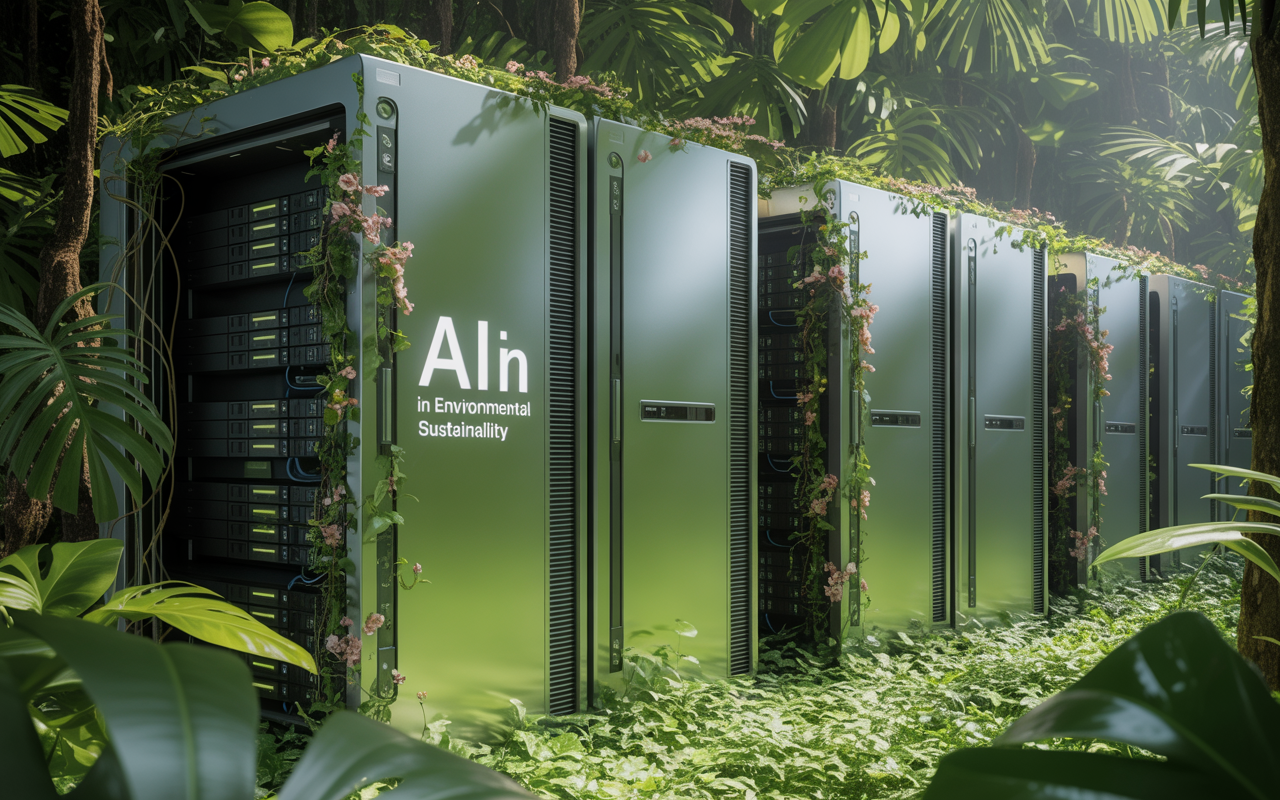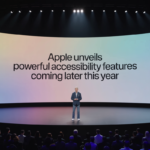Introduction
As the world grapples with escalating environmental challenges, Artificial Intelligence (AI) emerges as a powerful ally in promoting sustainability. From optimizing energy consumption to monitoring deforestation, AI offers innovative solutions to mitigate environmental degradation.UNEP – UN Environment Programme
AI Applications in Environmental Sustainability
1. Climate Change Monitoring
AI enhances the analysis of Earth observation data, enabling precise tracking of greenhouse gas emissions, deforestation, and other environmental indicators. By processing vast datasets from satellites and sensors, AI facilitates real-time monitoring and informed decision-making. WSJ
2. Energy Efficiency
AI algorithms optimize energy grids by predicting demand patterns and integrating renewable energy sources effectively. This leads to reduced energy waste and supports the transition to cleaner energy systems.
3. Sustainable Agriculture
In agriculture, AI analyzes soil health, weather patterns, and crop data to enhance yield predictions and resource management. This precision farming approach minimizes environmental impact while maximizing productivity.
4. Waste Management
AI streamlines waste collection routes and improves recycling processes by accurately sorting materials. These efficiencies reduce landfill use and lower greenhouse gas emissions. Capitol Technology University
5. Disaster Response
AI-powered systems predict natural disasters like floods and wildfires, enabling timely evacuations and resource allocation. This proactive approach saves lives and minimizes environmental damage. AIMultiple
Challenges and Considerations
While AI offers significant benefits, it also presents challenges:
- Energy Consumption: Training AI models requires substantial energy, contributing to carbon emissions. MIT News
- Data Privacy: Collecting environmental data may raise privacy concerns, necessitating robust data governance frameworks.
- Equity and Access: Ensuring that AI technologies are accessible to developing regions is crucial for global sustainability efforts.
Conclusion
AI stands as a transformative tool in the quest for environmental sustainability. By addressing its challenges and leveraging its capabilities, societies can forge a path toward a greener and more resilient future.
2. AI in Creative Industries: Revolutionizing Art and Expression
Introduction
Artificial Intelligence is reshaping the creative landscape, offering novel tools for artists, musicians, and writers. By augmenting human creativity, AI is expanding the boundaries of artistic expression.
AI’s Role in Creative Fields
1. Visual Arts
AI-generated art has gained prominence, with tools like Midjourney and DALL·E enabling the creation of intricate images from textual prompts. Notably, Jason M. Allen’s AI-generated piece “Théâtre D’opéra Spatial” won a digital art competition, highlighting AI’s growing influence in the art world. Wikipedia
2. Music Composition
AI assists musicians by suggesting melodies, harmonies, and rhythms, streamlining the composition process. Platforms like Boomy allow users to create and monetize music effortlessly, democratizing music production. WikipediaAIM Research
3. Film and Animation
In filmmaking, AI enhances visual effects and animation. For instance, Netflix utilizes AI for tasks like de-aging actors and generating realistic set designs, improving efficiency and creative possibilities. Business Insider
4. Fashion and Design
AI influences fashion by predicting trends and generating innovative designs. Nigerian artist Malik Afegbua’s AI-generated fashion show featuring elderly models challenged age-related stereotypes and showcased AI’s potential in fashion. Wikipedia
5. Writing and Content Creation
AI tools like OpenAI’s MuseNet and Google’s Magenta assist writers by generating text, suggesting edits, and enhancing storytelling. These tools support writers in overcoming creative blocks and exploring new narratives. Wikipedia+1HP+1
Ethical and Legal Considerations
The integration of AI in creative industries raises important questions:Columbia Business School
- Copyright Issues: The use of AI-generated content challenges traditional notions of authorship and intellectual property rights. The Times
- Authenticity: As AI replicates human creativity, distinguishing between human-made and AI-generated art becomes complex, affecting perceptions of authenticity.
- Employment Impact: Automation of creative tasks may disrupt traditional creative roles, necessitating adaptation and new skill development.
Conclusion
AI is revolutionizing creative industries by enhancing artistic capabilities and introducing new forms of expression. Balancing innovation with ethical considerations will be key to harnessing AI’s full potential in the arts.


